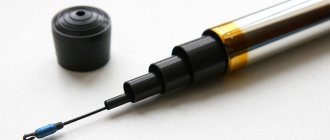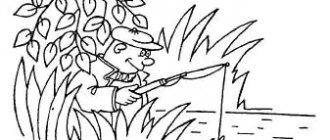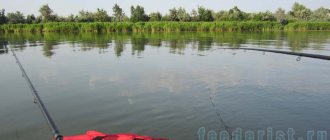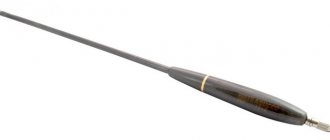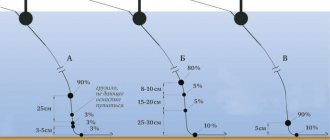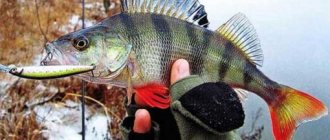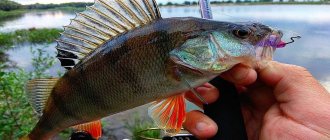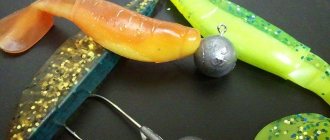Every fisherman wants to have the best tackle and equipment in his arsenal. This also applies to such a small thing as a float. Lovers of “silent hunting” constantly debate which float is better. There are a lot of opinions on this matter and they are all different.
Let's figure out how to choose the best float for fishing and discuss the most interesting opinions about this equipment.
Types of floats
All float products perform the same function - they report a bite. Essentially, the principle of operation is the same. When the fish starts to bite, then the bite indicator reacts and begins to move or sink.
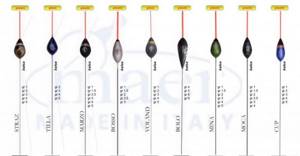
Floats differ in shape, weight, size, color and type of material from which they are made.
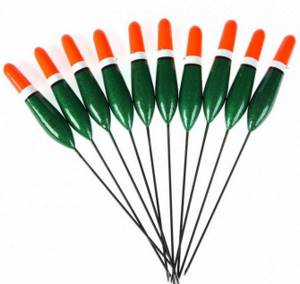
Conventionally, they can be divided into several types:
Teardrop-shaped. Very good for deep fishing. It has a low center of gravity, is very stable and shows a bite even in choppy water.
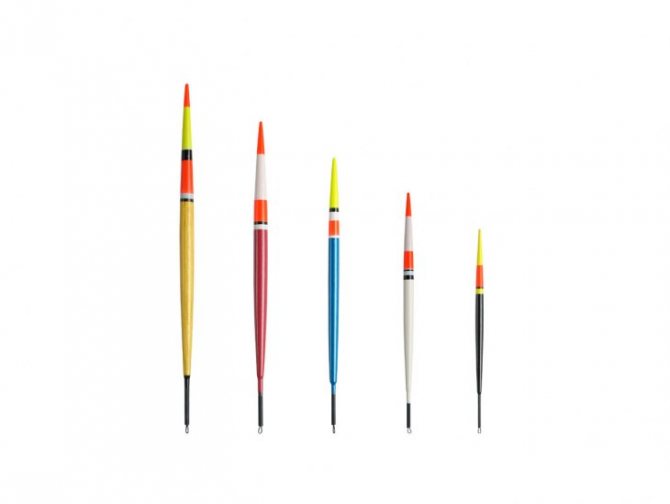
Spindle. This species is very sensitive and is needed for catching cautious fish. It is advisable to use only for fishing in still water (stakes, lakes, ponds) with a depth of no more than three meters.
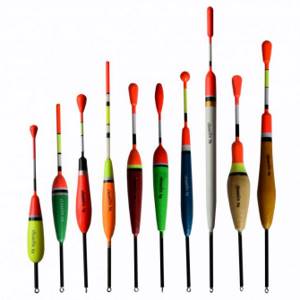
Ball. Very stable in strong winds.
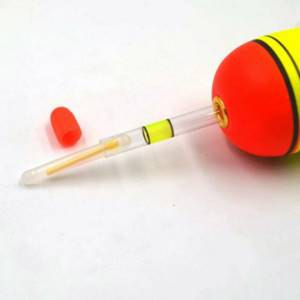
Straight. One of the most common. It has a rather simple shape. Suitable for fishing in good weather, in reservoirs with a depth of up to two meters.
Read here Donkey equipment - varieties, main elements, installation and principle of operation (145 photos and videos)
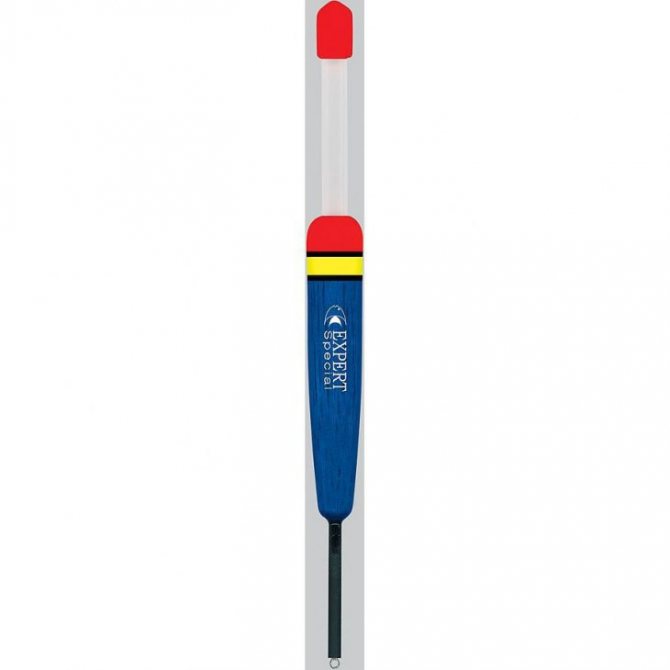
Inverted drop. An ideal choice for fishing at great depths with underwater currents.
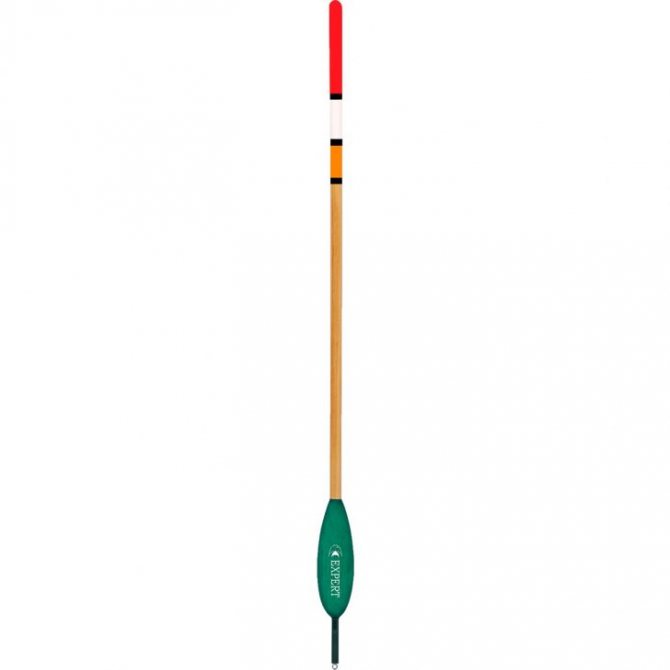
Olive. Used under different fishing conditions: waves, wind, calm weather. A fairly stable float, and essentially universal.

Double sided cone. Suitable for fishing on canals with weak and medium water flow. Very stable due to the long keel.
Selection of floats for fly and match fishing
“Which float should I choose?” - you ask. This question is especially asked by novice amateur fishermen. On this score, I will answer you this way: “There are so many floats in our time that our eyes run wild, not knowing which one to choose. There are floats of all colors and shapes, you want to buy them all at once. But that doesn’t happen.”
There are a lot of different companies that specialize directly in the production of certain floats for fishing in currents or in still water. And before, as you remember, we could only dream of them, fishing with goose feathers, or even worse, plastic floats of blue and white coloring, of unknown weight, when, when setting the depth we needed, a curly furrow formed on the fishing line. Well, that's already in the past. But today is the 21st century, and everything is different for us. And the equipment, and the floats, and the fishing rods - everything is different. A float or float tackle can be considered a pioneer and a symbol of fishing, since fishing with a float tackle is the most popular not only in our country, but throughout the world. A float is a part of the equipment that performs its specific function, signaling with its vibrations at the slightest touch of the fish to the nozzle, and also maintaining it at the depth we set.
I’ll briefly tell you how to choose a float for a particular type of fishing. In order to choose a float, we must first decide on the rod with which we will fish, and only then choose one or another float, and not vice versa. If we have a fly rod, then accordingly we will choose floats for the fly rod.
For fly rods, floats with blind equipment are used, consisting of a long keel with a cambric, a body (shape), a passage ring, which is located on the top of the body itself, and an antenna. Antennas can be different, glued into the body itself, or replaced with a firefly, of a certain diameter and height (2.5x3; 4.0x37; 4.5x39). Such floats are used mainly by those fishermen who like to fish in the evening or at night, changing their antenna to the so-called firefly. First, break it with two fingers and insert it into the upper hole of the body for better visibility of the night bite. The chemical elements enclosed in the capsule react with each other and thereby begin to glow with a fluorescent light green or yellow-orange color.
Many fishermen know very well that the design of the float and the shape of the body of the float must be chosen directly for the body of water on which you are going to fish: be it a river with a fast current or a lake with standing water. For calm, standing water, we choose floats with a lower load (0.5-3g) and a narrow, long body shape. In water, a float of this shape will be more stable even with a weak current. If the current is strong and the wind is gusty, then it is best to install a heavier and thicker float (5-8 grams), preferably teardrop-shaped with a long thick keel or spherical. The line will pass through the body of the float, due to which it will withstand higher loads, thereby ensuring and contributing to the stabilization of the gear in the water during strong currents or wind.
When choosing the color of the antenna tip for fly fishing, an amateur angler gives personal preferences to one color or another. Of course, in sunny weather, red and black colors work best, and on a cloudy day, preference is given to combinations of green and yellow, white and red, or light green and orange.
As for floats for fishing with match rods, special floats of a special type are used here with one attachment point, designed for the longest and most accurate casting. The shape of match floats reminds us of a sports bat, flying with its thickening forward for many meters. Another important difference between match floats is that they are already partially loaded. A good, modern float already has a weight built into the body of the float.
The float load can be of two types and designs:
1.
This is a permanent type of loading, in the form that the manufacturer offers us.
2.
A variable type of weight, where removable washers are screwed onto the screw, which can be removed or added, making the float lighter, or vice versa, making it a little heavier. One washer weighs approximately 1g. There are also floats with internal loading, where small lead or brass balls are poured inside the float body, which can also be removed or added if necessary.
All match floats are stamped with markings that indicate the weight of the float, and (+)
how much more weight needs to be added in order to completely load it onto the fishing line to the waterline of the float antenna we need.
For example: "3+1, 4+2, 5+3"
.
The first numbers indicate the existing weight in the float, and the number after (+)
indicates how many more lead weights we need to add for the float to be fully operational and ready for fishing.
But still, when casting, you need to carefully look at the readiness of the float, since the initially set weight may differ from the equipment we have already prepared. I think this is not fatal, since the float can be loaded directly on the reservoir by removing or adding a small lead pellet. For beginner fishermen, the most optimal weight for a float is approximately 3 to 5g. At first, this will be enough to master the basics of match fishing. Subsequently, of course, you will have to buy floats of a heavier weight, up to 10g, no more, for different conditions and methods of fishing.
Well, we can say the following about the antenna tips: they come in different diameters, colors and heights. I prefer a more massive and longer antenna tip. It does not affect the fish bite at all, but when casting very far, it is better visible without straining your eyes, if it is also colored light-orange or yellow-red.
I also want to say about the mounts for the floats. They come in different types, both for sliding floats and for blind rigs. They all work the same way in their own way, so I cannot give any preference to one or another mount. You will choose it yourself, and, of course, by price, since prices vary greatly.
And the last thing we definitely need to buy for floats is a tube or, as it is also called, a pencil case for floats. They come in different types: sliding, made of durable polyethylene or thick canvas material, closed in a circle with a zipper. I recommend that you purchase an inexpensive, and at the same time, simple and reliable sliding pencil case, which can accommodate floats of different lengths and sizes, and with its strength prevent unwanted impacts on them during transportation. Good luck choosing your floats!
Long casting tackle
Many fishermen like to fish with long casts. This type of fishing is somewhat different from fishing near the shore.

A feeder is attached to the end of the fishing line, which, due to its weight, allows you to throw the tackle quite far from the shore. Thanks to the inertia-free reel, the line does not get tangled.

It is desirable that there is a rounding at the end of the tip. This will give stability to the bite indicator.
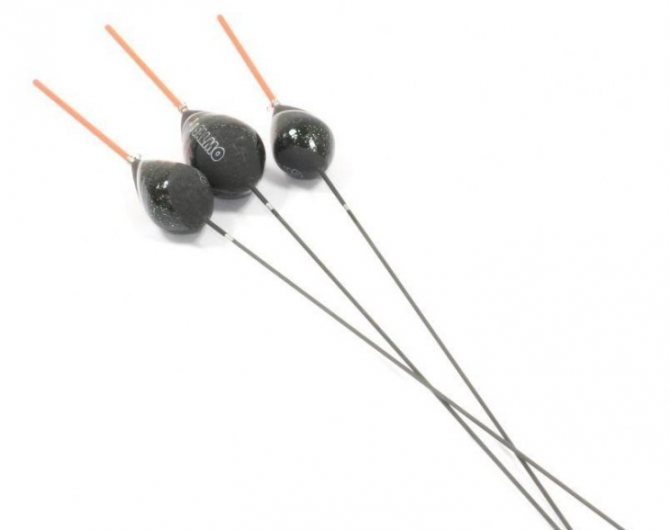
Note!
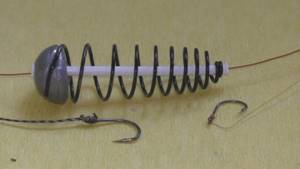
Fishing with a spring - rigs, baits, baits, gear and methods of fishing with a spring (80 photos)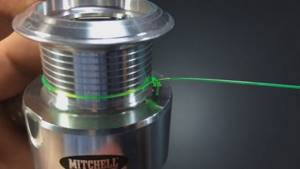
How to tie a fishing line to a reel - methods, tips on how to tie correctly and an overview of the most reliable knots (85 photos and videos)
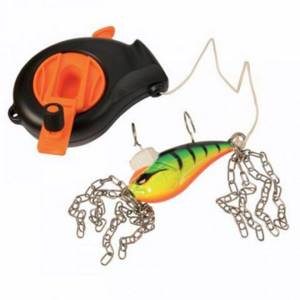
Cuts for wobblers and spinners - how to make a simple homemade cut. 110 photos and videos of practical tips
Choosing a float depending on the conditions and purposes of fishing
Floats must be installed in accordance with the conditions of use. Fishermen take into account:
- type of reservoir;
- fish size;
- type of fishing.
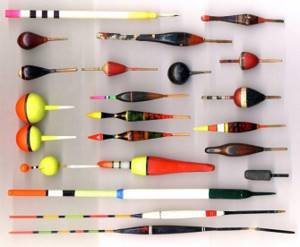
Some models are great for rivers, lakes and ponds. Others are suitable for the sea or ocean. A number of floats are designed for winter fishing, but some models are best used only in summer. The differences are significant.
Fishing on the lake
On the lake, a fisherman can catch carp, crucian carp, perch, pike, bream, bream and other types of fish. Fishing can be done with live bait, dough, maggot or worm. Sometimes a lure is also attached to the rod.
Straight and spindle-shaped floats
Fishing on a lake often involves 2 factors:
- cautious inhabitants;
- depth up to 2 meters.
Models with maximum sensitivity are suitable. Results can be achieved with straight and spindle-shaped floats. The teardrop-shaped body is suitable for windy conditions. However, the fisherman should take into account the factor of low sensitivity. It is more difficult to notice a bite from a cautious fish.
When inspecting a float for lakes, windage is taken into account. The smaller it is, the better. Fishermen use a sliding or blind installation of the alarm.
Fishing in a pond with a current
This fishing option must take into account certain factors. The alarms will not be in one place all the time. Due to the movement of water, they can slide along its surface. It will be difficult for the fisherman to set the float at a right angle. The likelihood of vertical maneuvers remains high. This will create the feeling of false bites.
When choosing a float for fishing on the current, these parameters must be taken into account. In such conditions, flat signaling devices have proven themselves.

Torpedo float
The models are not suitable for long casting. It’s good if the length of the throw is equal to the length of the tackle. For fishing on the shore, use ordinary rods; for a bridge or a boat, use models with a power class of at least 5. Otherwise, it will be inconvenient to pull the fish out of the water.
It is better to use a two-color antenna for the signal. You can also make homemade alarms. It is enough to color part of the structural element with a marker of a different color.
A torpedo float is also suitable for fishing on water with current. The invention of the device is attributed to sports fisherman Karoly Klarik. The model floats on the surface in any current. The weight of the sinker is from 0.5 to 40 grams.
Catching small fish
For small fish (perch, white bream, goby, bleak) miniature floats are suitable. They can be used for young animals of larger representatives of lakes and rivers. The size of the alarm determines the scope of application.
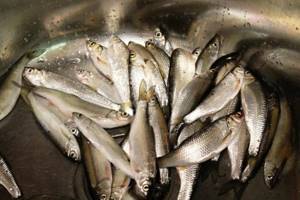
Catching small fish
The structures are not suitable for deep fishing. They are used at a depth of no more than 1.5 meters. It is worth paying attention to the choice of fishing rod. The total length should not exceed 4 meters. Float installation is blind. The weight of the sinker is no more than 1 gram.
Sea fishing
The types of floats for sea fishing do not differ from their freshwater counterparts. The fisherman needs to attach larger alarms. When searching, it is advisable to buy models with good stability. Floats will always be affected by sea waves. Alarms with insufficient stability may float on water.

Sea fishing
Drift fishing with a float rod is no different. The only significant difference is the release of the nozzle several meters. For this type of fishing, large floats with special fastenings are used. This method of fixation will allow you to quickly remove the alarm. As a result, nothing will distract you from your work.
To catch mullet, you need a float with maximum sensitivity. The load capacity of the float is from 2.5 to 3 grams.
Fishing with live bait
Fishing with live bait is a popular type of fishing for pike. It can also be done using a float rod. However, before starting “work”, you should select a signaling device.
The best float for fishing for crucian carp differs significantly from the alarm for pike. The latest variations must meet 2 requirements:
- Timely signal about a bite.
- Keeping fish at a given depth.
Fishing with live bait
Barrel-shaped models cope with the task. They hold the bait at the desired distance from the surface of the water. When bitten, these structures will not scare away the predator. When using floats, fishermen distinguish 2 types of fastening. The structure can be mounted on the fishing line with rubber rings or a sliding locking unit.
Your question to an expert
Leonid Grachev
Fisherman with a lot of knowledge and experience
Ask a Question
Sliding floats for long casting
Spindle-shaped models with an oblong shape are suitable for long-range shooting. Sometimes, to simplify casting, devices are equipped with swept tails. The design stabilizes the float during flight. These types of floats are great for windy conditions.
Manufacturers add a metal keel to the bottom of the float. The element improves stabilization and simplifies line fixation. With proper loading, it is possible to set good sensitivity.
Fishing with a fly rod
Fishing with a fly rod is fishing from a boat or near the shore. This type of fishing is mainly used in reservoirs with stagnant water.
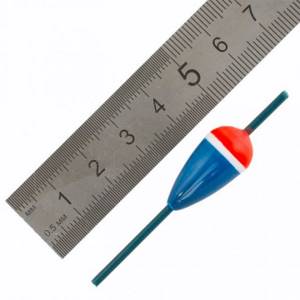
The best float for a fly fishing rod is considered to be an olive. This type of gear floats very well and has good information content. This allows you to notice even the weakest bite.
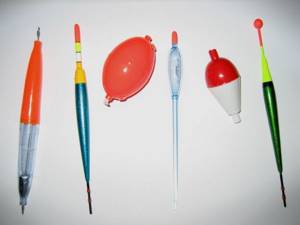
How to choose a fly rod
What exactly should you buy from the proposed fly rods? Now a very large percentage of the fishing rods sold here are made in China. And the whole question is what brand it is sold under. Does a normal company order rods for itself, fully controlling the production process? Or he orders it for himself, but controls production to the extent that it is. Or is it “purely China” with unpredictable quality and incomprehensible production conditions.
When choosing, you can focus on the weight of the fly rod: a normal seven-meter fly rod without rings weighs 300-350 g, a six-meter one – 200-250 g. If it weighs less, then we have two options. The first is a high-quality fishing rod, and therefore very expensive. Secondly, you can run into extremely unreliable, very thin-walled coal.
By the way, the situation regarding fishing rod breakdowns remains virtually unchanged. There are still not only low-quality batches, but also models of fishing rods that are unsuccessful in terms of reliability, which break at certain points without the fault of the anglers, that is, there are standard places for breakdowns.
When choosing a float fly rod, such a point as the strength of the recommended fishing line is still very often not taken into account - the most important parameter that protects against many possible breakdowns. Unfortunately, the manufacturer does not mark this value on the forms, and there can be one reason here - it is beneficial for brands that the angler breaks the rod and buys a new one, the same for reels. For example, well-known to everyone, there is a popular model of the “Sedona” reel, where there is a bearing on the side of the large gear, and a sleeve is pressed on the opposite side. A person works intensively with such an inertia-free reel for one season, maximum two, and then the reel can be thrown into the trash. And only because the “neck” of the main gear breaks, and since no one will make such a gear, the coil becomes inoperative. Of course, in principle it is possible to make this part if you try hard, but it will definitely be more expensive than the coil itself. It would seem that the manufacturer would only have to add some $10 by installing a good bearing on the second side at the factory, and the reel would work properly for many years, without increasing the price much, but this is not being done.
It’s the same with fishing rods; it’s worth putting a 0.2-0.25 mm fishing line on a coal fly rod, and when forcefully fishing for carp or large bream, the rod “folds.” Some floaters still manage to install thick, inextensible braiding!
But for an “average” fly rod, the maximum that can be recommended is 0.16 mm fishing line , or even better, 0.14 mm. Moreover, this is the main fishing line, the leash is, accordingly, thinner. And at 0.14 mm, you can pull out fish weighing up to 2 kg with a fly rod without any reels.
For power fishing, there are rods with increased power. There are plug-in fishing rods on sale that are specifically designed for float fly fishing - they are heavier, but stronger and more reliable.
Types of rods for float fishing Let's understand the basics of choosing a rod for float fishing. Conventionally, all rods for float fishing can be conditionally classified into four main subspecies.
Fishing on the current
For fishing on rivers with strong currents, specially designed gear is used.
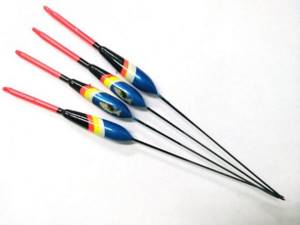
The body of the rig should create minimal resistance to flow. Therefore, it is flattened on the sides and quite wide.
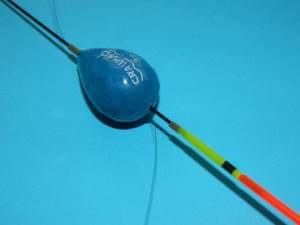
For stability, the float has two mounting brackets and a metal rod. This design ensures minimal influence of water on the performance of the gear. The best float in the current is considered to be flat.

That's all. We hope that our article will help you choose a float easily, quickly and competently. Good luck with your fishing and have a good rest.
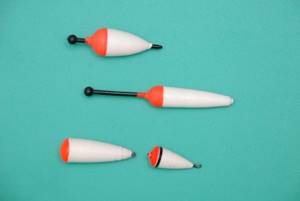
Photos of the best floats
Help the project, share on social networks 

0

